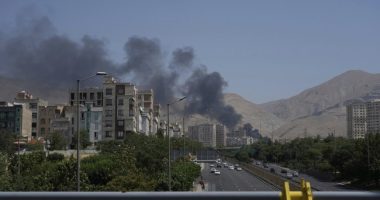But budget-anxious households can rest easy for now, with experts saying the market is unlikely to experience a huge surge.
After Russia invaded Ukraine in 2022, oil prices shot up to about $US128 (more than $190) a barrel.

But now, even days after Israel, Iran, and the US began exchanging missile attacks, oil barrel prices have lingered around $78 to $79.
Australasian Convenience and Petroleum Marketers Association CEO Mark McKenzie told 9news.com.au that the market wasn’t expecting much turbulence out of the latest conflict.
“Oil traders post-COVID are used to a bit of global instability,” he said.

He said Australia’s domestic supply of petrol was unlikely to be affected, with less than two per cent of our oil coming from the Middle East.
And with Iran – so far – opting to agree to a ceasefire, that was unlikely to change.
If Tehran decided to close the Strait of Hormuz to shipping, it could have choked off 20 per cent of the global oil supply, which would have had a global impact on prices.
Nonetheless, McKenzie said prices could increase a small amount – but noted that they were coming off their lowest level in four years.
Peter Khoury of the NRMA was less optimistic, saying prices had risen already, with regular unleaded up 8 cents a litre.
And he said further limited increases were expected.
“Prices won’t get as low as we hoped, and will probably be higher than we expected before the recent escalation,” he said.
But he said it was still a good time to fill up the tank in many capitals around Australia, which were currently at the bottom of their price cycle.
”Our advice to people is, don’t panic, and get on the NRMA app to see where to fuel up,” he said.






